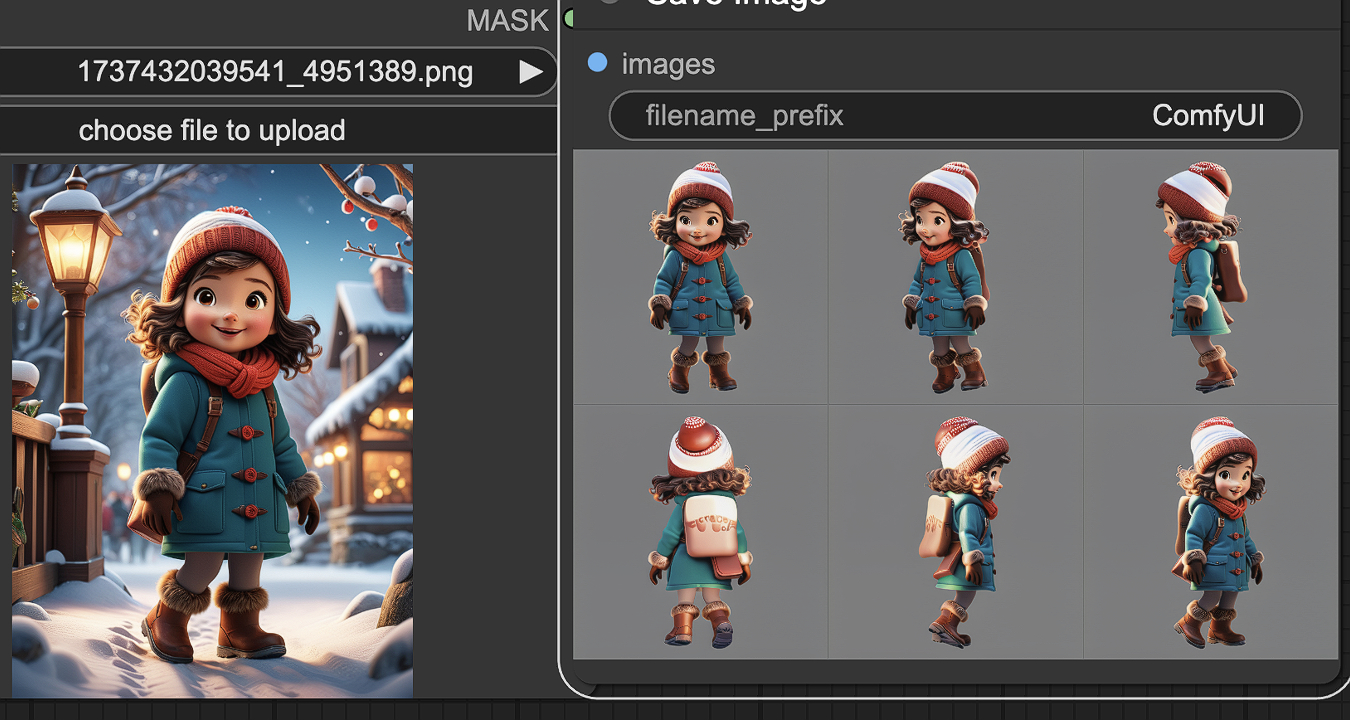🎶 Bytebeat Synthesizer: Composing with Operators 🎶
Bytebeat is like composing music with the tools of a programmer’s toolkit. Instead of piano keys, you have operators like >>, |, and &. It’s like giving your CPU a guitar and letting it shred! 🤘
✨ Operators You Can Use
🛠 Bitwise Operators
>>(Shift Right): Divides by powers of 2. Great for slowing down a melody or adding rhythm.<<(Shift Left): Multiplies by powers of 2. Use it for some ear-shattering crescendos.|(Bitwise OR): Combines two patterns into a new one. Perfect for harmony (or chaos).&(Bitwise AND): Filters out parts of a waveform. Adds a rhythmic, gated effect.^(Bitwise XOR): Creates interesting contrasts. Great for glitchy, alien sounds.
➕ Arithmetic Operators
+(Addition): Adds layers or increases pitch. Use for uplifting melodies.-(Subtraction): Introduces subtle variation. Or not-so-subtle destruction.*(Multiplication): Scales things up, often quite dramatically. Ideal for intensity./(Division): Calms things down. Use sparingly unless you like silence.%(Modulo): Repeats patterns. The heart of rhythmic loops.
🧠 Logical Comparisons (Advanced)
<,>(Less/Greater Than): Use to make your tracks conditionally moody.==(Equality): Create periodic breaks or enforce strict rules on chaotic sounds.
🔗 Parentheses
- Use
()liberally to group operations and ensure your melody doesn’t sound like a confused robot.
🎛 Composing Bytebeat Songs
Composing with Bytebeat is half music, half math, and all fun. Here’s how to get started:
-
🎹 Start Simple
Begin with a single pattern, like a square wave:(t * (t >> 10 | t >> 8)) & 128 -
🔄 Add Variation Experiment with small tweaks:
(t * (t >> 8 | t >> 12)) & 128 -
🎸 Layer Your Sounds Combine multiple patterns using addition or bitwise OR:
((t >> 7 | t >> 6) * (t >> 5 | t >> 8)) & 255 -
🎵 Introduce Modulo Magic Use % to create repeating patterns or arpeggios:
(t * ((t >> 5 | t >> 8) & 63)) & 255 -
🤪 Be Chaotically Creative Let the CPU surprise you! Sometimes, the weirdest expressions produce the best sounds:
(t * (t >> 9 | t >> 7) & t >> 11) & 255
🎛 🎵 Good-Sounding Bytebeat Examples
Here are some examples to get you started:
-
🎼 Classic Square Wave
(t * (t >> 10 | t >> 8)) & 255 -
🎶 Chiptune Melody
(t * ((t >> 5 | t >> 8) & 63)) & 255 -
🥁 Drum Beat
(t * (t >> 9 | t >> 8)) & 127 + (t >> 4 & 7) -
🎹 Arpeggio Sequence
(t >> 6 | t >> 8 | t % 32) & 255 -
🌈 Harmonic Bliss
((t >> 7 | t >> 6) * (t >> 5 | t >> 8)) & 255 -
🌀 Experimental Noise
((t >> 4 | t % 13) * (t >> 7 & t >> 8)) & 255 -
⏫ Rising Melody with Beats
(t * (5 + ((t >> 9) & 7))) & 255
💡 Pro Tips
- 🐣 Start Small: If things sound like static, simplify your expression.
- 🔍 Debug Patterns: Adjust constants like
t >> 10tot >> 5ort * 4instead oft * 16. - 👂 Listen for Patterns: Bytebeat expressions are deterministic, so experiment until you find a pattern you like.
- ☕ Take Breaks: Bytebeat can sound harsh at times. Your ears deserve love too.
- 🎨 Go Wild: Break the rules. Be chaotic. See what happens!

